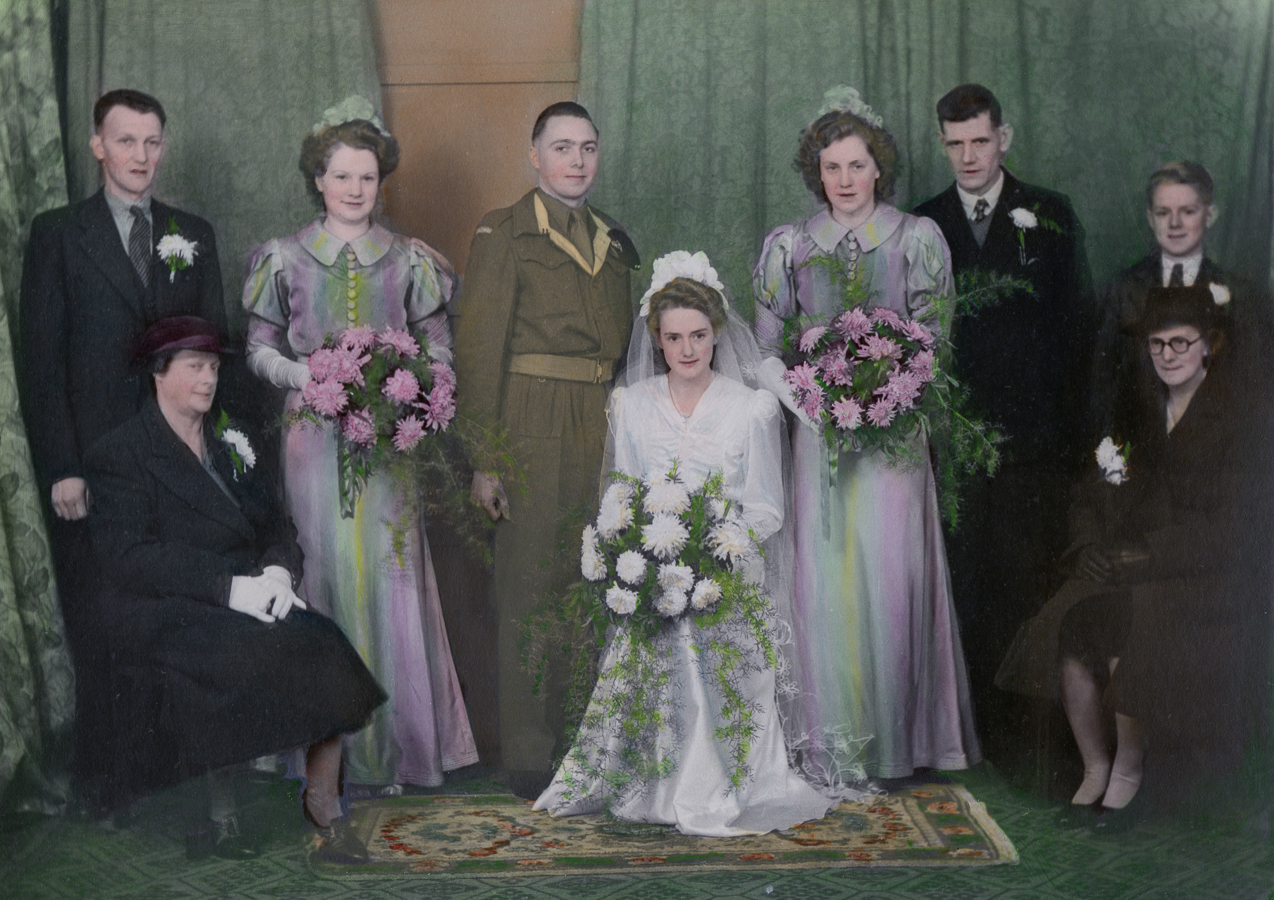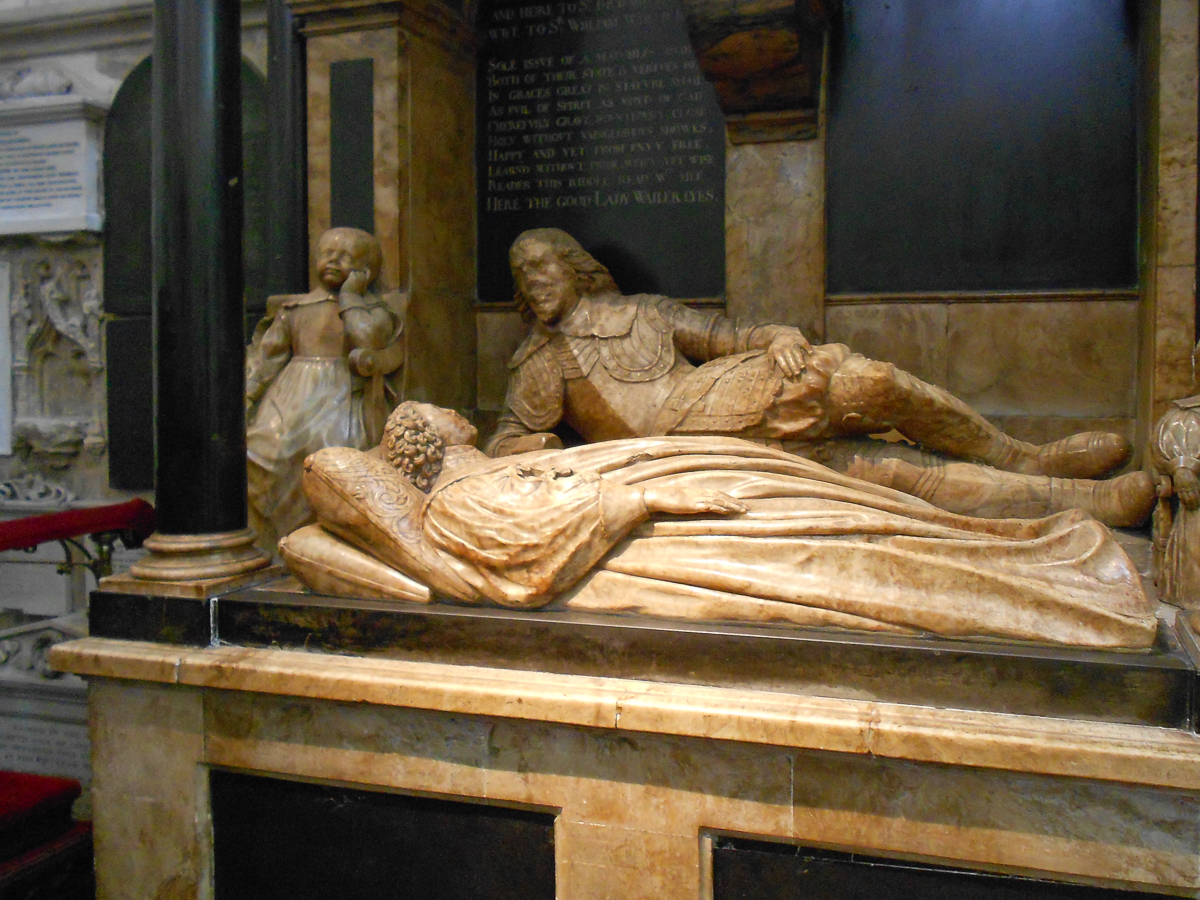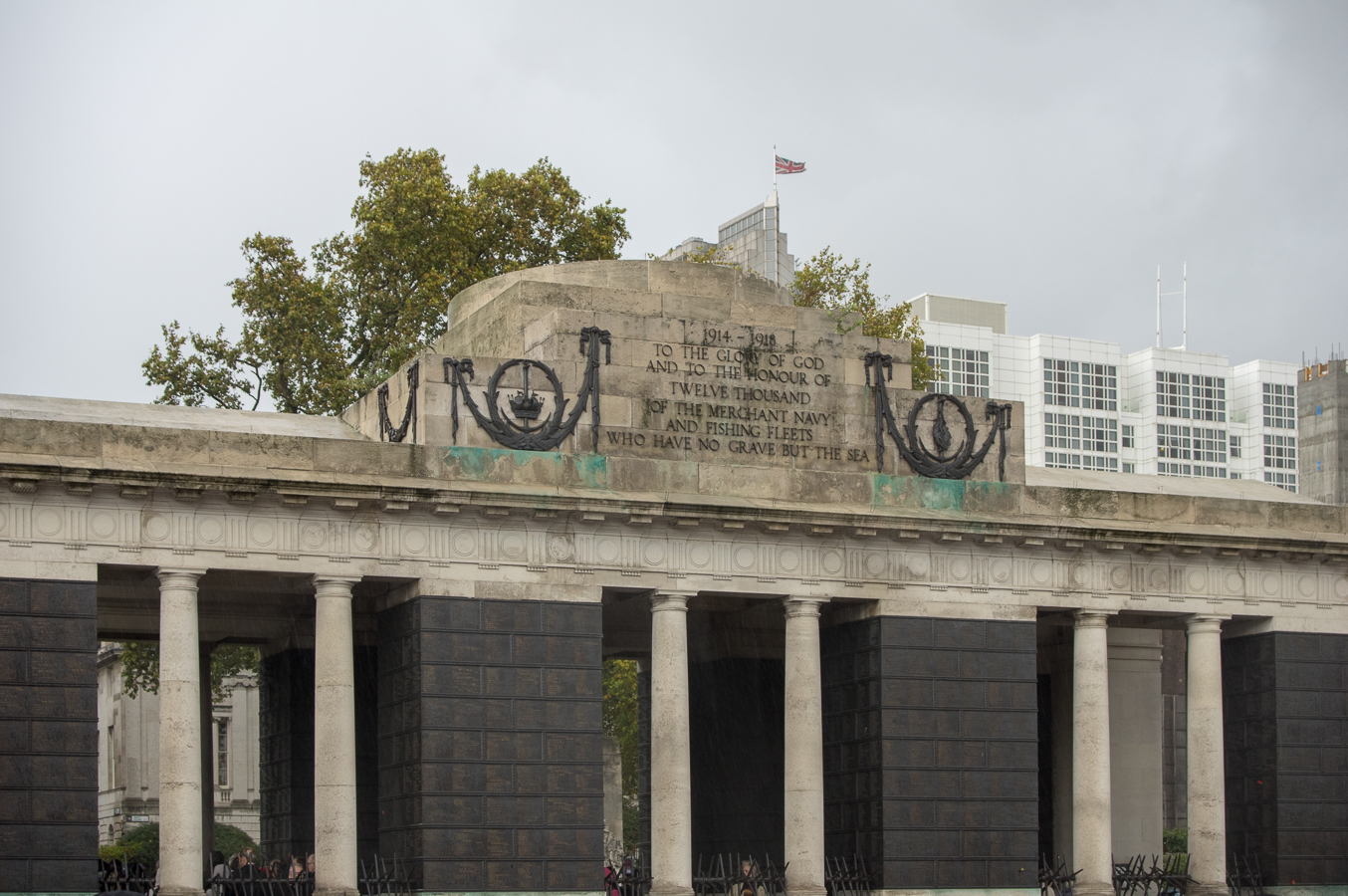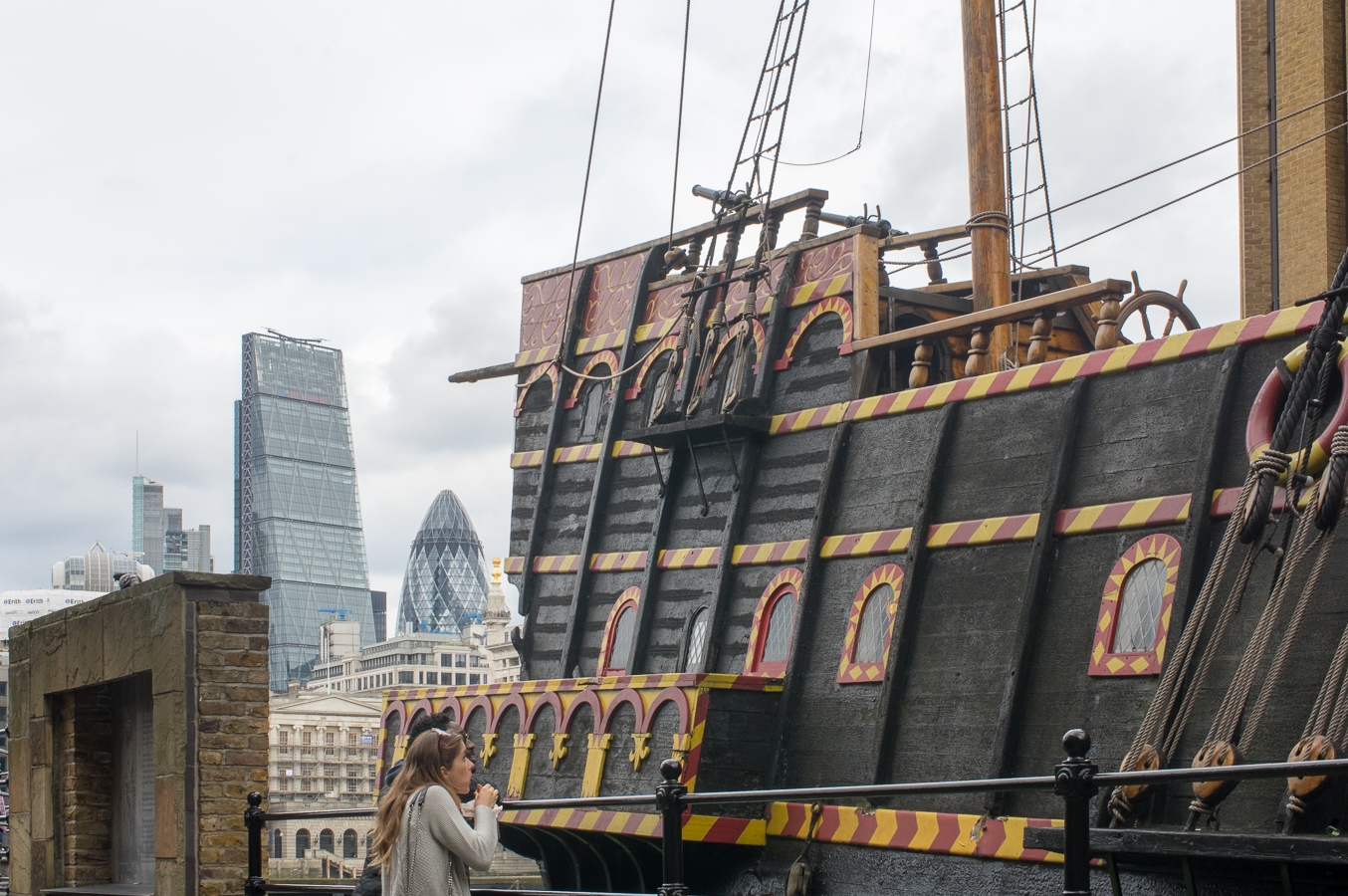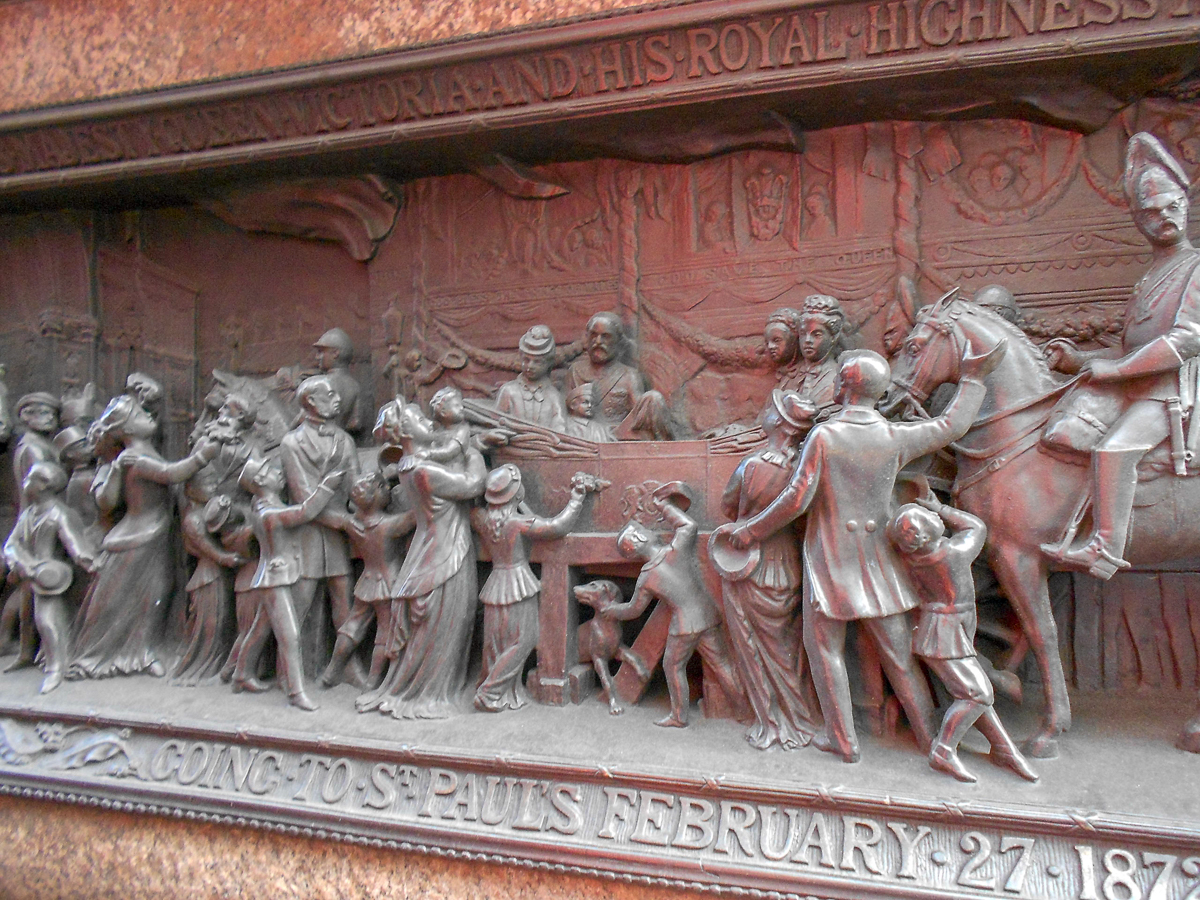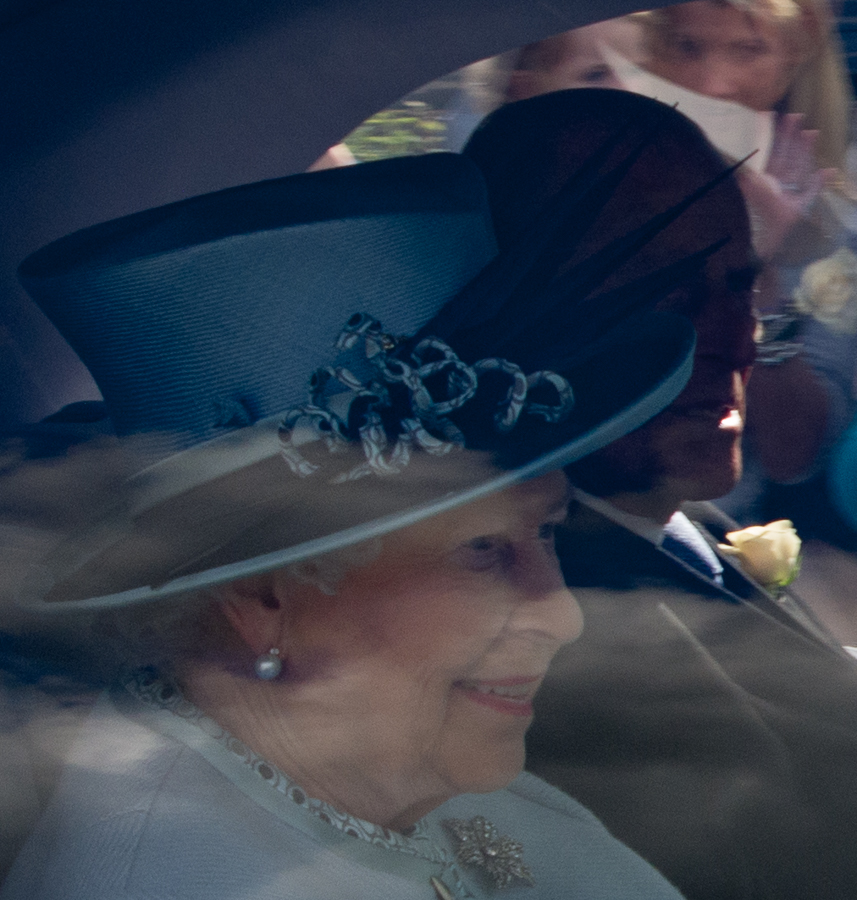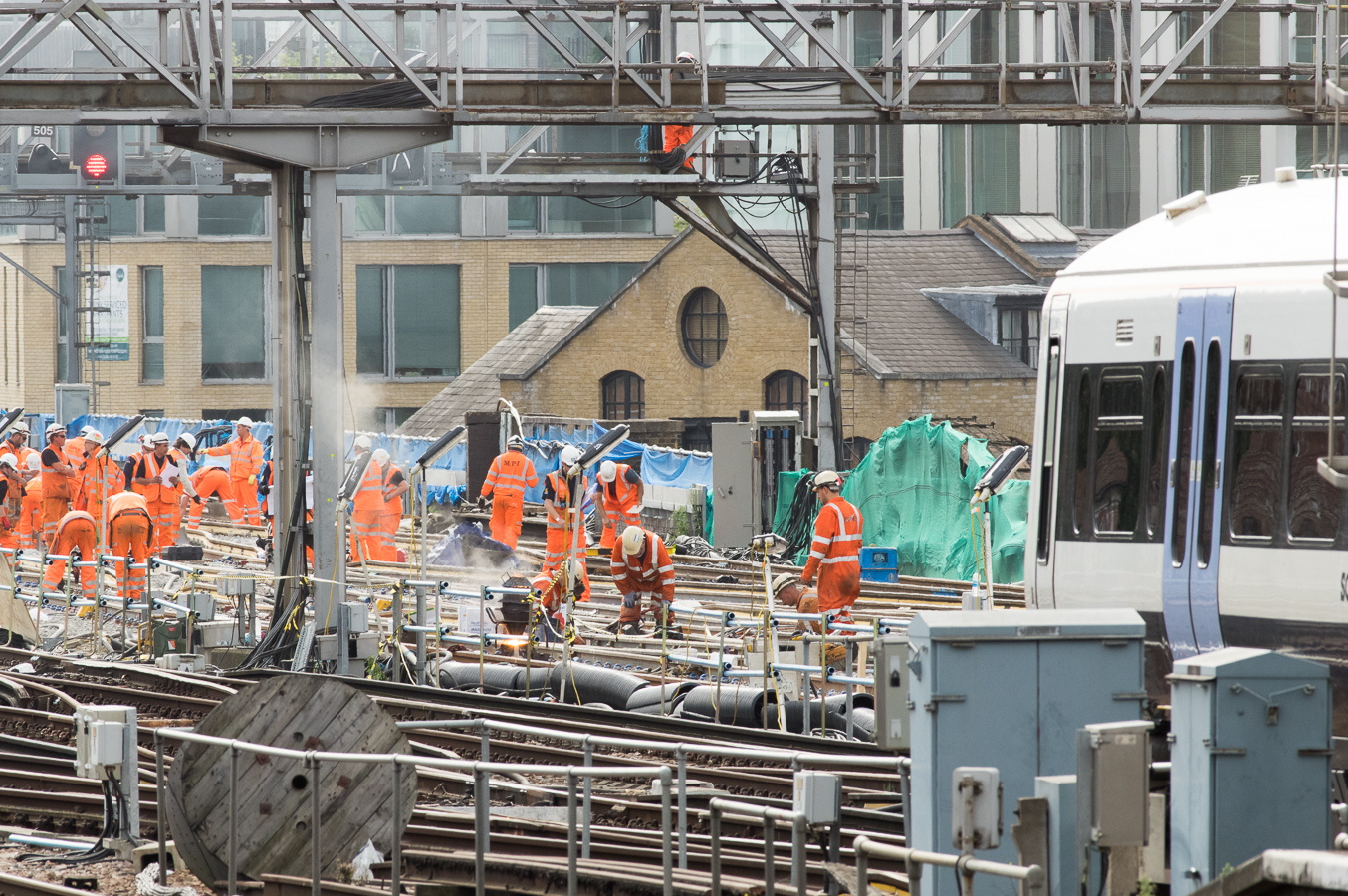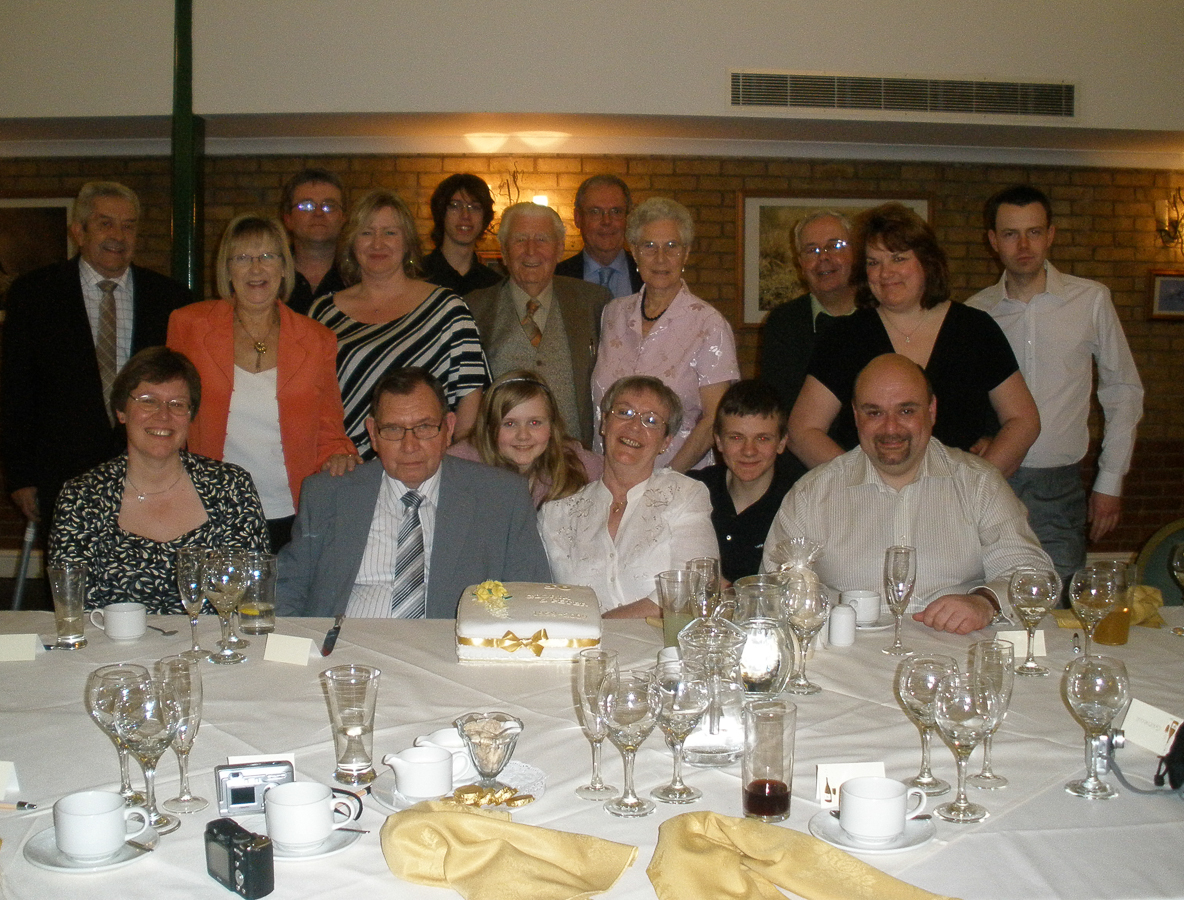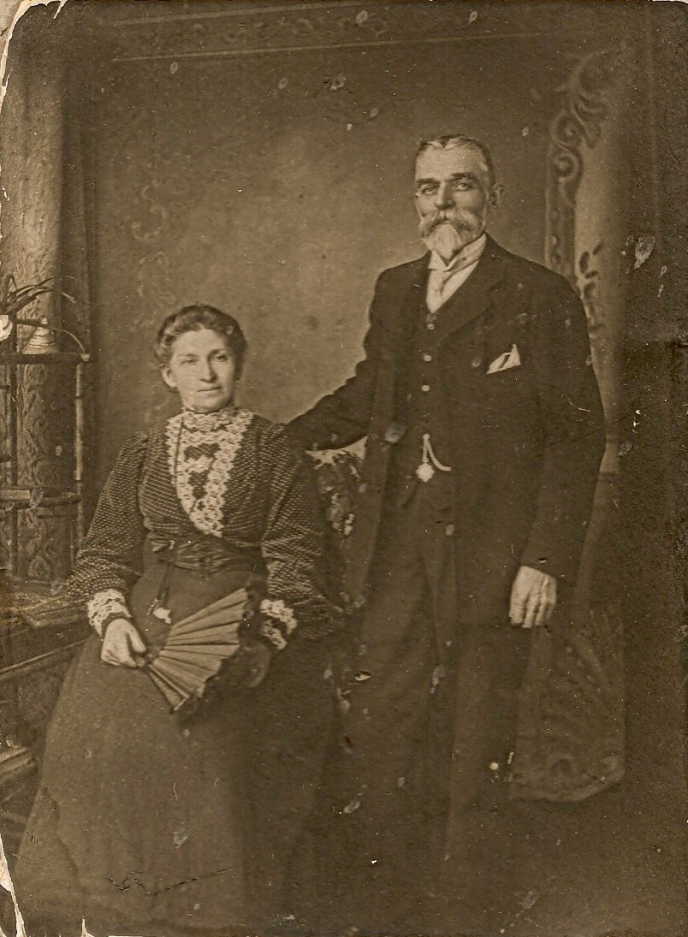Compton Valence
(For Supporting Data, follow this link)
On the day of writing this it snowed where I was. It was pretty and as we did not have to travel, all joy. I looked up Compton Valence on Google Maps and found some lovely images of a snowy Compton Valence in 2018 taken by Christopher Watson in 2018. Follow this link to see this and similar images of his in Google Maps.
as we did not have to travel, all joy. I looked up Compton Valence on Google Maps and found some lovely images of a snowy Compton Valence in 2018 taken by Christopher Watson in 2018. Follow this link to see this and similar images of his in Google Maps.
Not a lot to do with my Family History and Charles Pomeroy but the following collection of photos from Google Maps give some impression of the size of Compton Valence about the time of writing, 2021, with probably little changed from 1871 when Charles Pomeroy lived somewhere in this very rural community. Not necessarily in the village, and more likely at one of the nearby farms.
Google Streetview a little further into the village, on Church Hill Lane, approaching the Church.  Now looking back to the same cottages with the old red telephone box, and Compton Valence Church of St Thomas a Beckett on the left.
Now looking back to the same cottages with the old red telephone box, and Compton Valence Church of St Thomas a Beckett on the left.

The Church and Churchyard of St Thomas a Beckett at Compton Valence, Dorset. Another clip from Google Streetview.
 Compton Valence is a very small village, consisting of 27 households, of which 30% are owner occupied, the remainder being farm cottages which are let. The village is known for its snowdrops, which provide a wonderful display each February, attracting many visitors, many of whom take the opportunity to visit the church.
Compton Valence is a very small village, consisting of 27 households, of which 30% are owner occupied, the remainder being farm cottages which are let. The village is known for its snowdrops, which provide a wonderful display each February, attracting many visitors, many of whom take the opportunity to visit the church.
Back to the past.
Dispite being so small, it is difficult to identify the location of the abode of John and Mary Pomeroy. Above the village, and below further out, the Parish of the same name.
More can be read about the history of Compton Valence at OPCDorset. The restoration of the church was completed in 1840, before the arrival of the Pomeroy's.
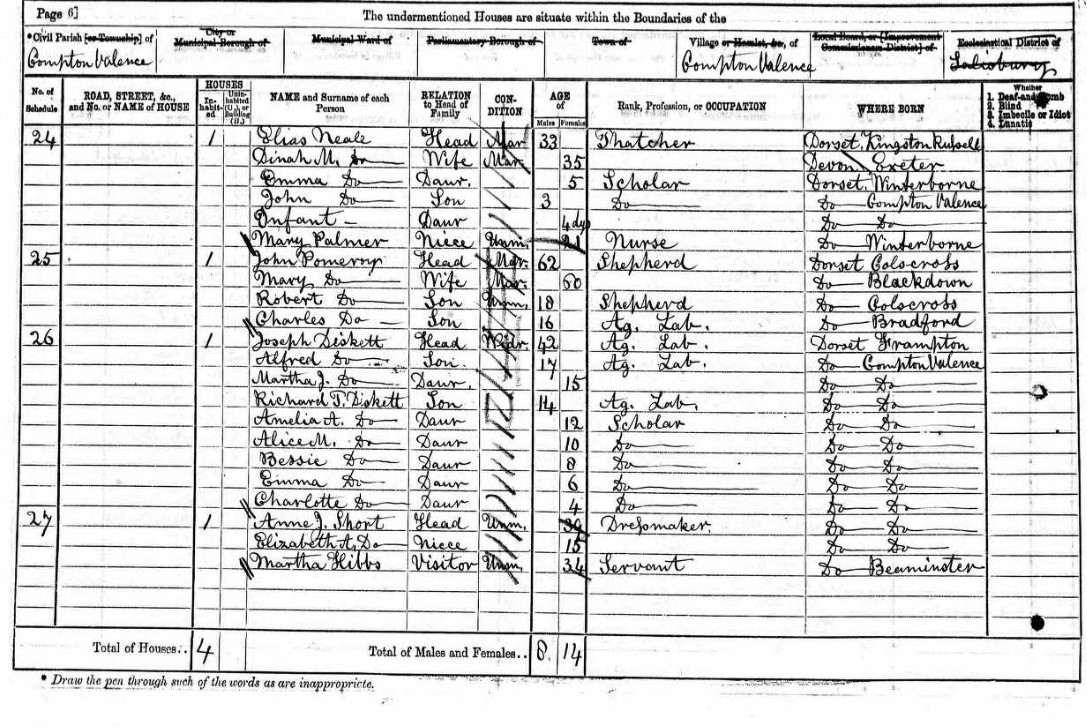
This page of the 1871 Census is the first evidence of the families move from Giles Cross in the Parish of Bradford Peverell to the Parish of Compton Valence. It is a very small parish. The whole parish is covered in 7 census pages. A total of 26 Inhabited Buildings, with a population of 146 people. Of those 44 were Married, 5 Widowed, and 36 Unmarried, with the remainder uncategorised, normally under the age of 15. The population of 146 consisted of 67 males and 79 females. The community consisted of 27 different occupations, mainly Agricultural based, Scholars, (School Children) and Domestic Staff.
John and Mary Pomeroy together with children Robert 18 and Charles 16. John and Robert are Shepherds and Charles is an Agricultural Labourer. John and Mary are 62 and 60 years old.

There is another John Pomeroy in the Parish of Compton Valence, only one building away from the Rectory. However, not knowing which way the Enumerators was walking his route, it does not help in discerning the location of the other Pomeroy family. In the village, or in one of the outlining farms. The John Pomeroy near the Rectory is married to Louisa. He is a 31 year old Gardener Domestic Servant from Broadmayne, Dorset and she is a 37 year old Dress Maker from Compton Valence.
Broadmayne, Dorset is the other side of Dorchester from Compton Valence and may not be a relation to the Pomeroy's of Broadwindsor, as the two villages are 23 miles apart.
Next door to John and Louisa Pomeroy were the retired shepherd Thomas Barber and his wife, Followed by the Palmer Family, including their Grand Daughter Alice J Cozens, aged 6. Alice could be the only Cozens in the village.
Most of the parish were engaged in agricultural including John Pomeroy and his two sons still living with him and Mary, Robert and Charles. Robert was a shepherd and Charles an agricultural labourer. Charles was 16 and in full time work. Facing a life in a rural community, working the land, as his forebears had done.
That was not to be his lot though.
The next recorded move for his parents was back to Broadwindsor, not quite Coles Cross, but Blackdown, less than 5 minutes walk away.
Charles must have met and courted Charlotte Elizabeth Cousens who presumably lived in the Parish of Maiden Newton, Dorset. It is 3.6 miles, or 1 1/4 Hours walk between the to villages, and less between the parishes. Maiden Newton is a more substantial village than Compton Valence, and has a reasonably direct connection along Greenford Lane.
 WSWR routes - By Afterbrunel - Own work, CC BY-SA 3.0, https://commons.wikimedia.org/w/index.php?curid=30917133The railway station in Maiden Newton opened on 20 January 1857, well before Charles being recorded in Crompton Valence in the 1871 Census. The Wilts, Somerset and Weymouth Railway had been built to be part of the Great Western Railway system, and as such used broad gauge track. In 1874 the GWR, Great Western Railway, or as some would have it, God's Wonderful Railway, having previously bought out WSWR, decided that it was time to convert to what had become the standard gauge, and the whole of the WS&WR system were converted in a massive operation in June 1874. On 18 June the network was cleared of broad gauge rolling stock and the work of altering the gauge began, and the first standard gauge train ran on 22 June. Maiden Newton may have been the most convenient railway station into the National Railway Network, despite the change from GWR to LSWR at Dorchester, and perhaps gauge, well until 1874.
WSWR routes - By Afterbrunel - Own work, CC BY-SA 3.0, https://commons.wikimedia.org/w/index.php?curid=30917133The railway station in Maiden Newton opened on 20 January 1857, well before Charles being recorded in Crompton Valence in the 1871 Census. The Wilts, Somerset and Weymouth Railway had been built to be part of the Great Western Railway system, and as such used broad gauge track. In 1874 the GWR, Great Western Railway, or as some would have it, God's Wonderful Railway, having previously bought out WSWR, decided that it was time to convert to what had become the standard gauge, and the whole of the WS&WR system were converted in a massive operation in June 1874. On 18 June the network was cleared of broad gauge rolling stock and the work of altering the gauge began, and the first standard gauge train ran on 22 June. Maiden Newton may have been the most convenient railway station into the National Railway Network, despite the change from GWR to LSWR at Dorchester, and perhaps gauge, well until 1874.
The Great Western Railway, was designed by Isambard Kingdom Brunel, in 1838, with a gauge of 7 ft 1⁄4 in (2,140 mm). However, the Gauge Commission eventually choose in favour of all new railways in England, Wales and Scotland being built to standard gauge of 4 ft 8 1⁄2 in (1,435 mm), this being the gauge with the greatest mileage. This became Standard Gauge, and was adopted of a large proportion of the worlds railways. LSWR line to Dorchester was already standard gauge.
The railways had a significant impact on rural life and helped promote and facilitate a general migration towards towns and cities.
Before we explore how that relationship developed, let us conclude the story about Charles parents, John and Mary Pomeroy.

